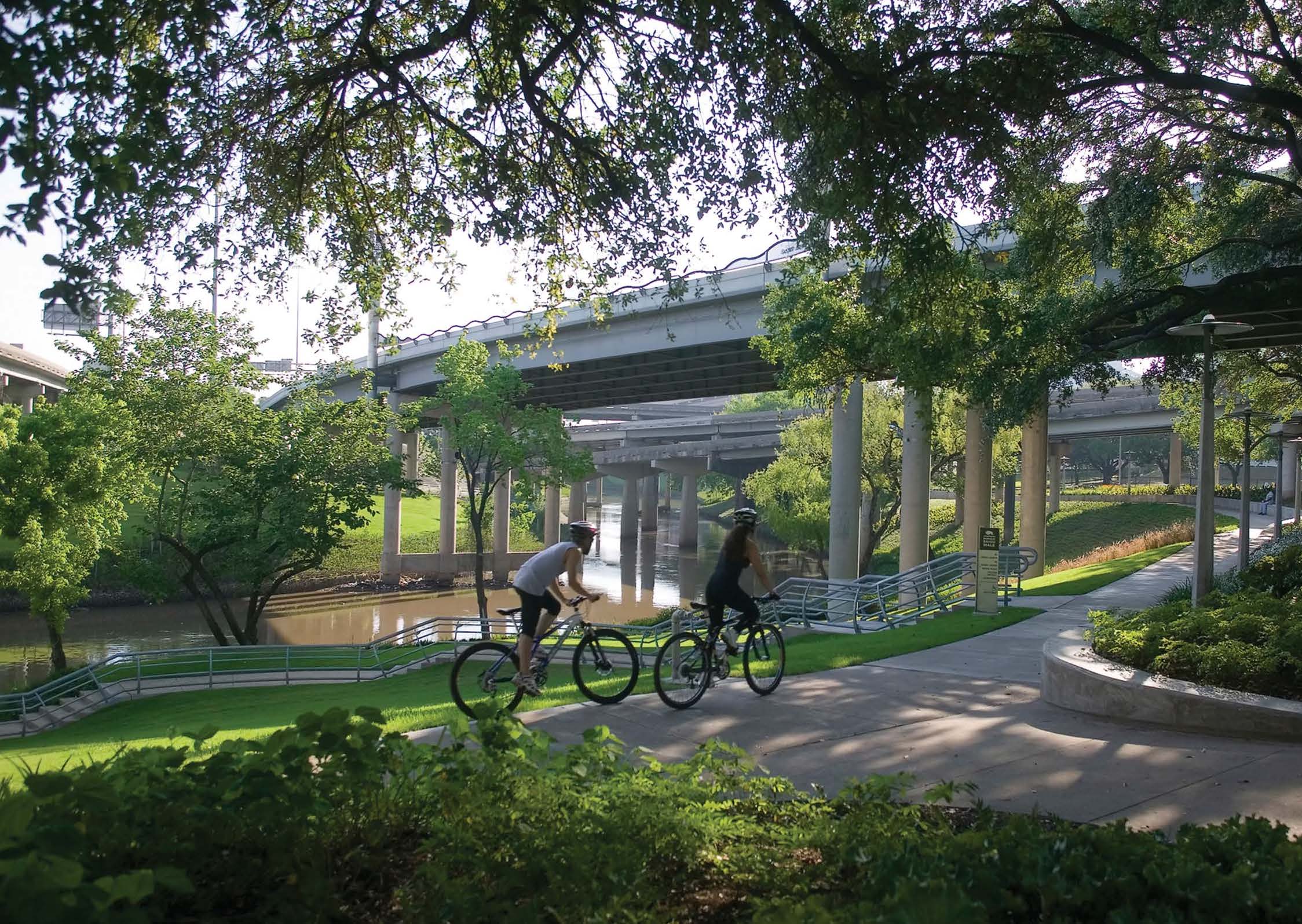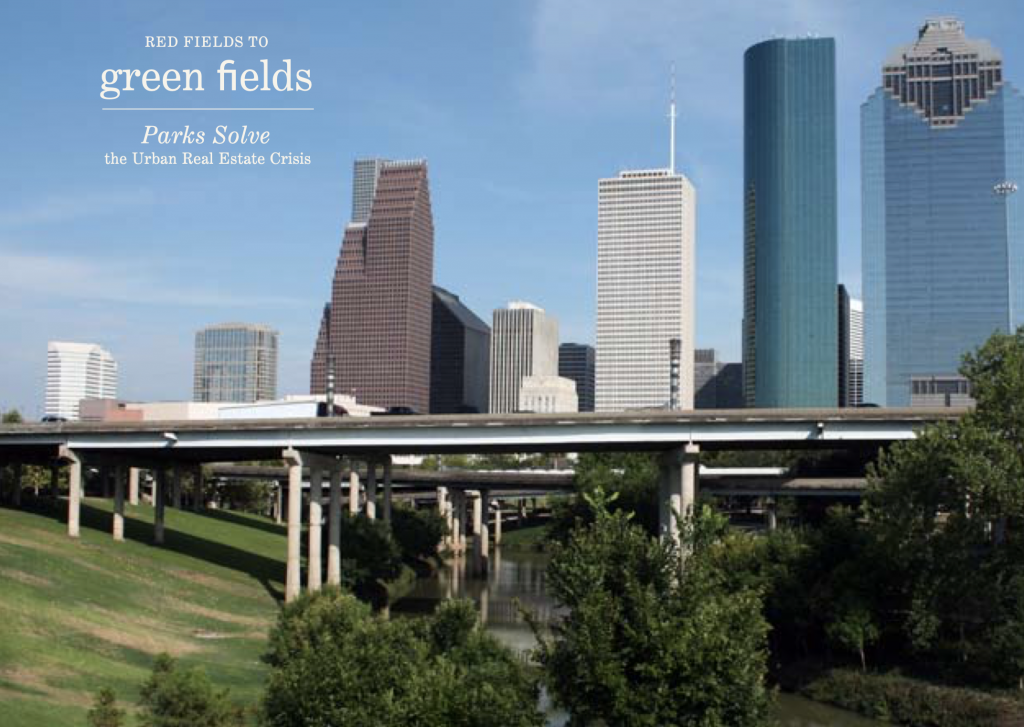
HOUSTON
A “Red Field” property can be physically or financially distressed, or both, and has negative value — civically, environmentally, and economically. Red Fields can also be brownfields -sites impacted by the environmental concerns, such as asbestos containing materials, underground storage tanks, or contaminated soil or water. Houston is part of a national study exploring the opportunities to convert Red Fields into interconnected green spaces (Green Fields) and parks with restored use of some of the Red Field properties.
Houston, the fourth largest city in the U.S., encompasses an area of 620 square miles and is well-known for its diverse population and many energy, transportation, and medical industries. One of the main contributors to the city’s success is its location near Galveston Bay and the Gulf of Mexico. In addition to the opportunity to convert 8,800 acres of Red Fields to healthy re-use, the city has the potential to offer its residents a vast array of parks and green space along the waterways which feed into the Gulf. Many communities and retail spaces, along with one half of the city’s population, are within 1.5 miles of the major bayous. Economic downturns and natural disasters have negatively impacted commercial and property values throughout the city making it possible to acquire land at or below the historical market rates.
